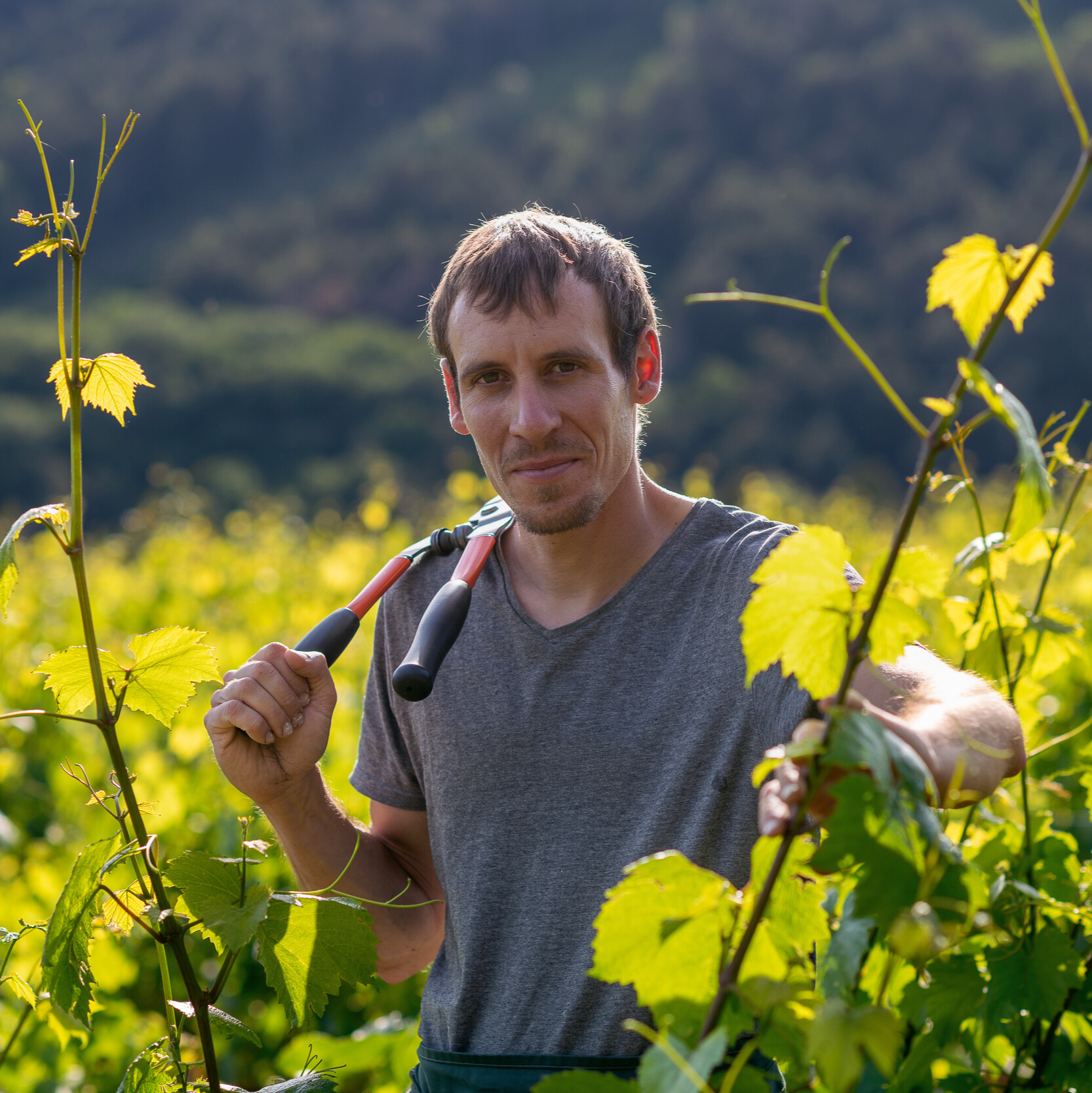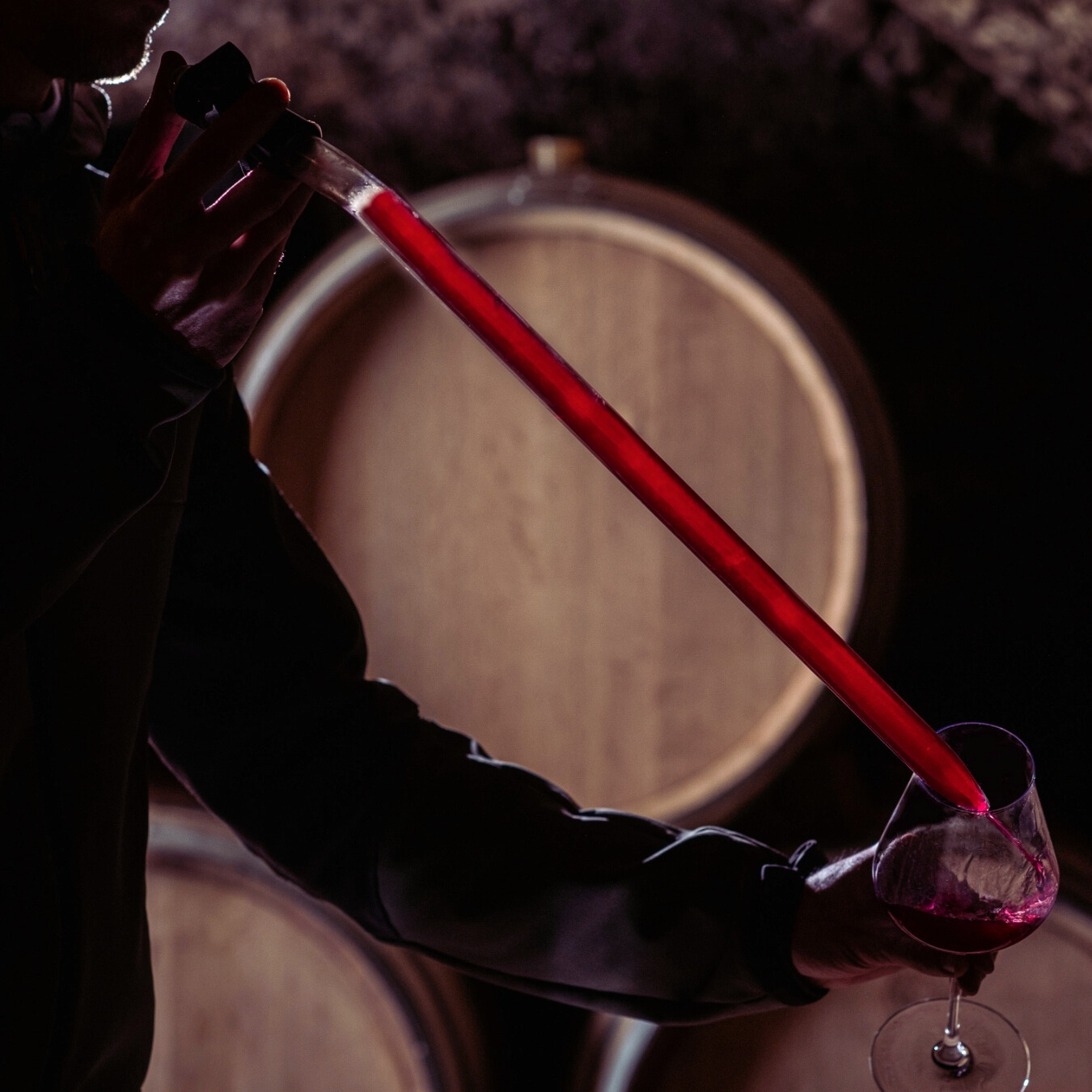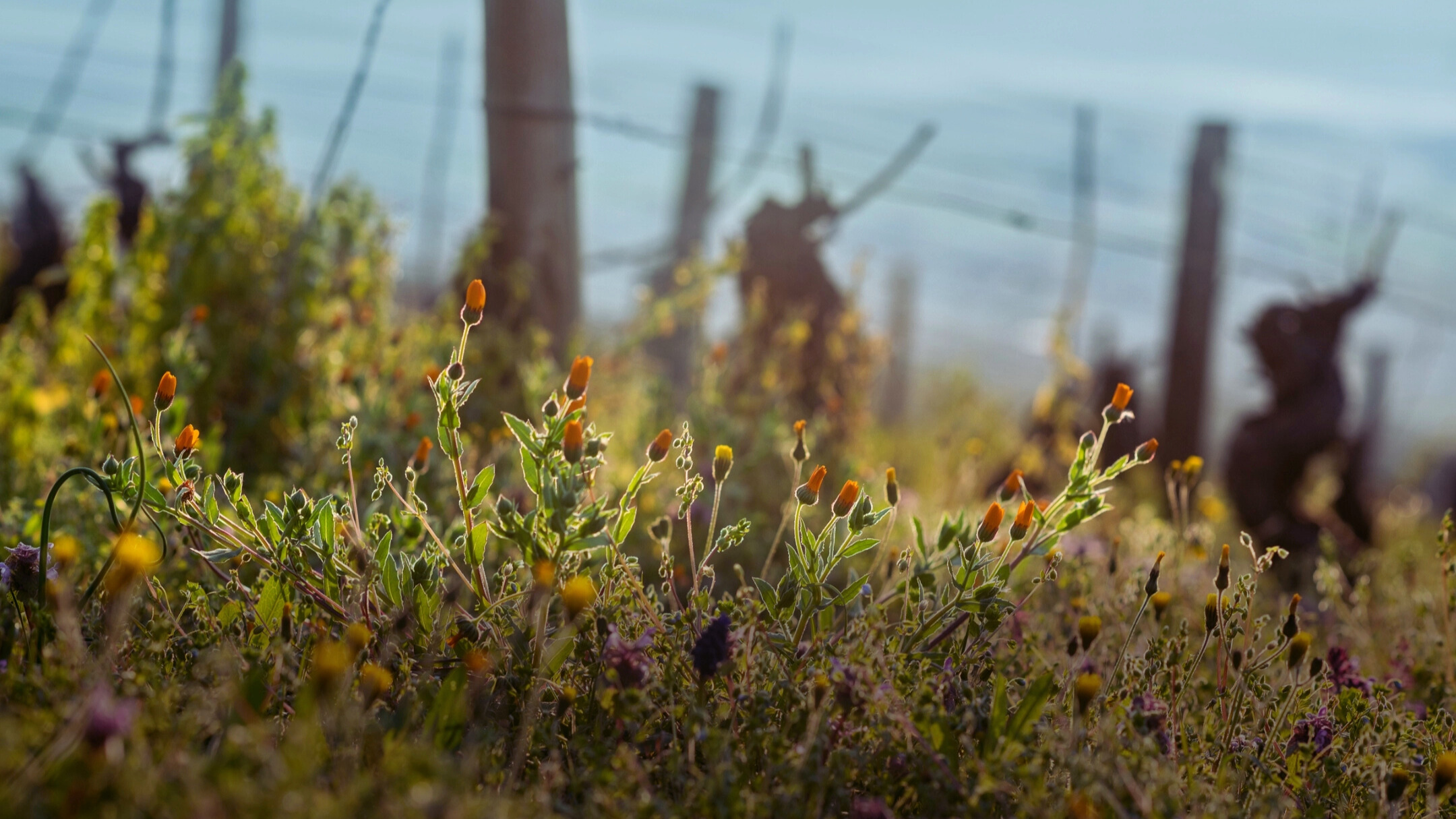
Jean Baptiste Boudier

History and Terroir
Jean-Baptiste Boudier is part of a new generation of Burgundian vignerons redefining tradition with precision and intent. Raised in a family that farmed 7 hectares around Pernand-Vergelesses, Jean-Baptiste knew early on he wanted to forge his own path. He swiftly completed a BTS at the Lycée Viticole in Beaune, a degree in Vine Science in Dijon, and a Dîplome Nationale en Oenologie in Bordeaux, even getting the chance to learn from Denis Dubourdieu. Then he started on apprenticeships, doing a stint with his second cousin, Nicolas Rossignol, in Volnay, before going off to explore different philosophies in New Zealand (Georges Michel), Châteauneuf du Pape (Vieux Télégraphe), Gevrey-Chambertin (Marchand Frères), Roussillon (with Gérard and Lionel Gauby at Domaine Gauby), and Pessac-Leognan (with Jean-Philippe Masclef at Haut Brion). Returning home in 2014 to work the harvest alongside his father, it became clear they had divergent philosophies on winemaking. As such in 2015, at just 28, Jean-Baptiste established his domaine with under 3 hectares inherited from the family estate (1 hectare each of Pernand-Vergelesses Blanc, Pernand-Vergelesses 1er Cru Rouge Les Fichots, and a combination of Bourgogne Rouge, Aloxe-Corton, and Pernand-Vergelesses 1er Cru Blanc Sous Frétille). When his father retired in 2017, he kept the best 4 ha of the family domaine. Today, Domaine Jean-Baptiste Boudier has grown to comprise 6.5ha hectares of meticulously farmed vines spread across 11 appellations in Pernand-Vergelesses (where the winery is based), Aloxe-Corton, Savigny-lès-Beaune, and Ladoix-Serrigny.
Farming and Winemaking
His approach to farming is conscientious and sustainable, grounded in a deep respect for the land. While he doesn’t certify as organic, he works the soil himself with minimal intervention, assisted only by seasonal workers during the growing season. In the cellar, Jean-Baptiste's winemaking is thoughtful and restrained. For reds, he ferments in stainless steel using native yeasts, mostly de-stemming but allowing some whole clusters where appropriate. Extraction is minimal (one or no punch-downs per day), which he feels results in more delicate and precise wines. His preference is for fermentation to start fast, and then to follow up with a short 4-5 days post-fermentation maceration. He contrasts this to his father, who he felt was more focused on colour and hence prioritised a pre-fermentation cold soak. To Boudier, this meant allowing colour to take precedence over tannin management, and it was not the right approach. His whites are whole-bunch pressed with slow, gentle cycles. After a light settling, fermentation begins in the tank and finishes in the barrel, using ambient yeasts. Maturation continues in barrel, with minimal sulfur (2g/hl) and no excess manipulation. Across both red and white wines, the style is marked by energy, purity, and finesse, with each cuvée—never exceeding five barrels—offering a nuanced expression of the Côte de Beaune’s varied terroirs. Jean-Baptiste Boudier may be working quietly, but his wines speak loudly of talent, clarity, and conviction.






